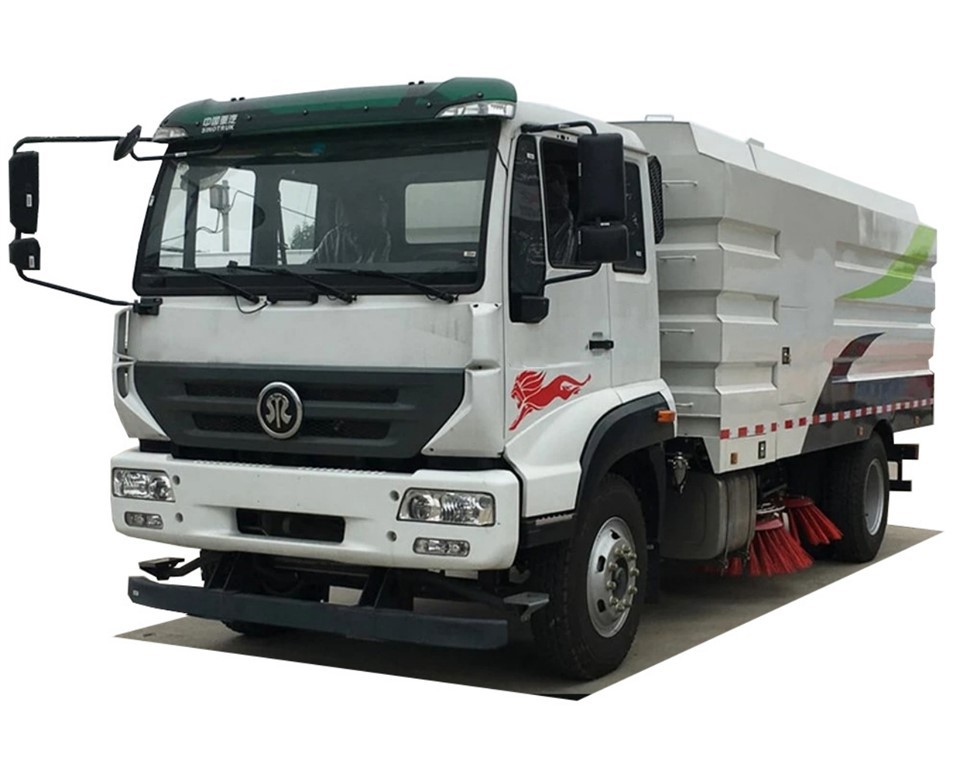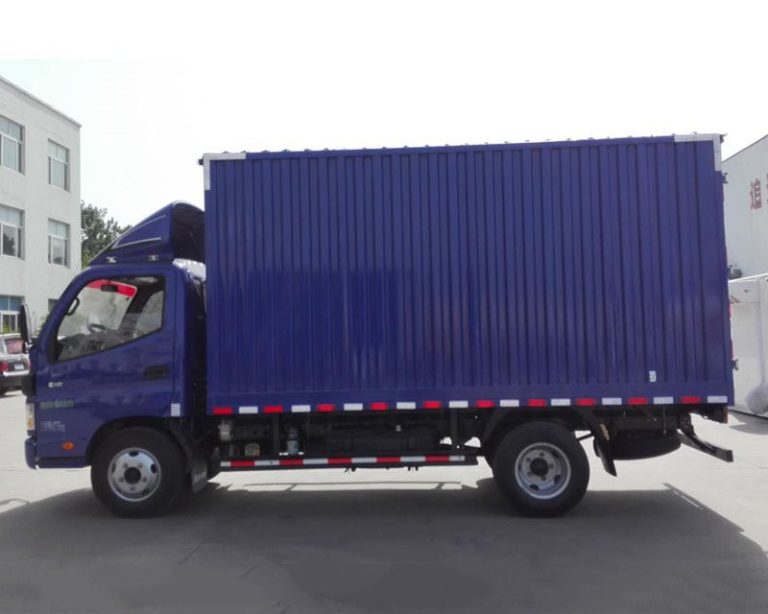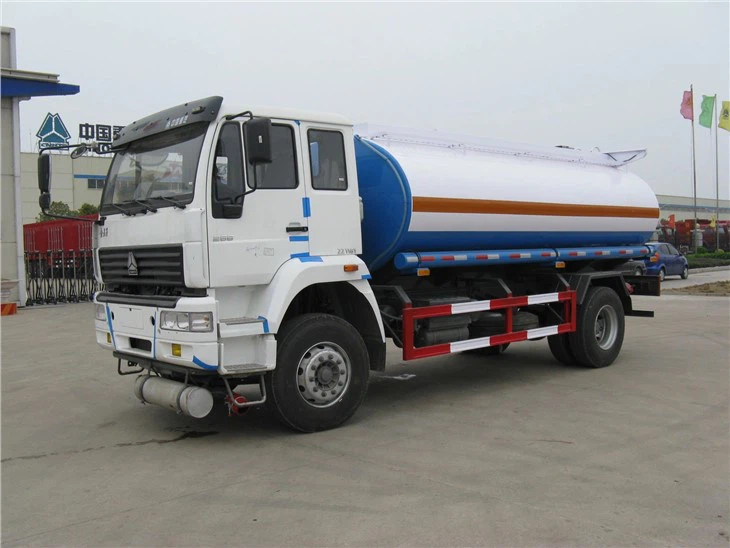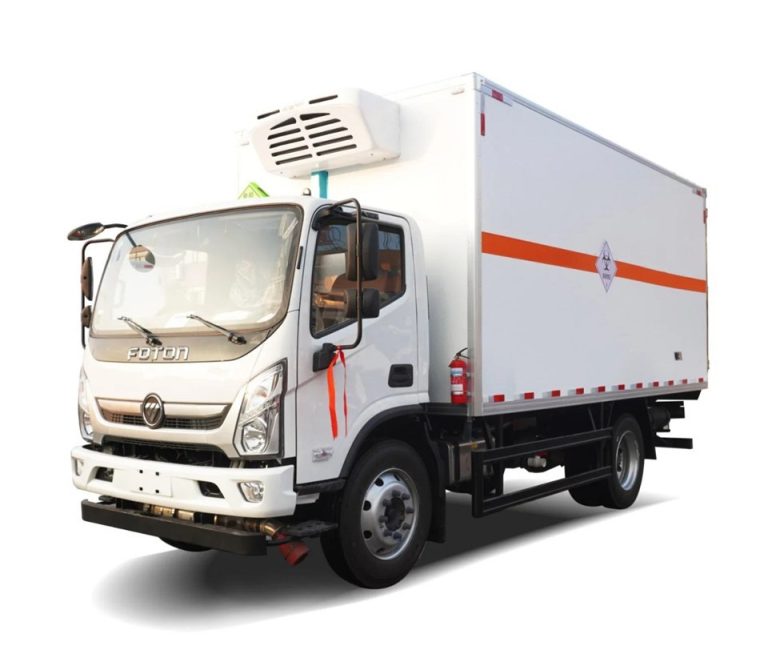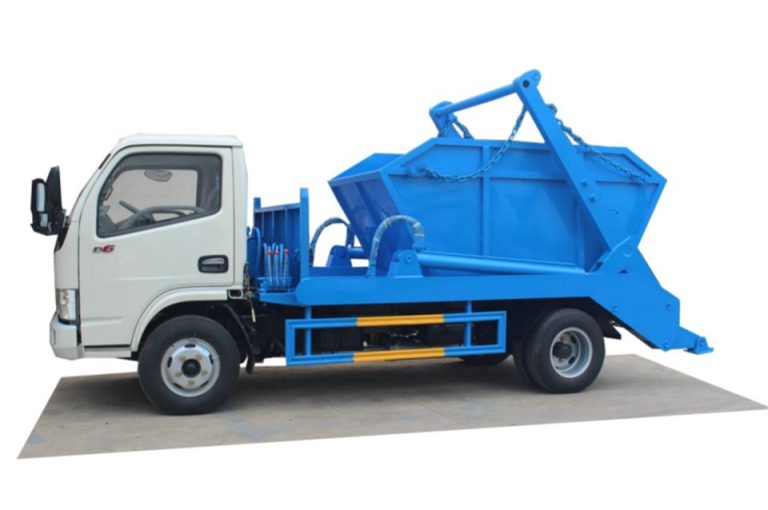Fire engines have long been the backbone of firefighting efforts across the globe. When they arrive on the scene, one of the most striking and essential tasks they perform is the spraying of water. This article delves deep into the mechanics, history, and significance of fire engine water spraying, exploring how this critical task saves lives and property.
Understanding the Basics of Fire Engines
What is a Fire Engine?
A fire engine, often confused with a fire truck, is a vehicle designed primarily for firefighting missions. Equipped with water hoses, pumps, and specialized tools, these vehicles can respond quickly to emergency situations. Their primary role is to transport firefighters and equipment to the scene of a fire.
The Anatomy of a Fire Engine
Understanding the components of a fire engine helps highlight how it effectively sprays water. Below are some key components:
- Pump: The heart of the fire engine, responsible for pumping water from an onboard tank or hydrant.
- Water Tank: Most fire engines have a built-in water tank that allows them to carry several hundred gallons of water.
- Hoses: Fire hoses are critical for directing water to the fire. These come in various sizes and types.
- Nozzles: Attached to hoses, nozzles control the flow and direction of water being sprayed.
The Science Behind Spraying Water
How Water Extinguishes Fire
Fire requires three elements to sustain itself: heat, fuel, and oxygen. Water, as a firefighting tool, serves primarily to remove heat from the fire, allowing it to cool below its ignition point. Here’s how it works:
- Cooling Effect: Water absorbs heat, thus reducing the overall temperature of the fire.
- Smothering Effect: By converting to steam, water can displace oxygen, denying the fire one of its essential elements.
Water’s Physical Properties
Water’s high specific heat capacity and thermal conductivity make it an effective extinguishing agent. This means water can absorb a significant amount of heat before it reaches boiling point, allowing it to work efficiently in firefighting.
Water vs. Alternative Fire Suppressants
While water is the go-to firefighting agent, alternative suppressants like foams and dry chemicals are used in specific situations. Here is a comparison:
| Agent | Best Use | Advantages | Disadvantages |
|---|---|---|---|
| Water | Class A fires (wood, paper) | Inexpensive, abundant | Less effective on flammable liquids |
| Foam | Class B fires (petrol, oils) | Effective for smothering fires | Expensive, requires special equipment |
| Dry Chemicals | Class B & C fires (gases, electrical) | Fast action, effective on a variety of fires | Can create visibility issues |
Operational Procedures for Spraying Water
The Role of Firefighters
Firefighters undergo rigorous training to understand how to effectively spray water from fire engines. Key procedures include:
- Setting up the Equipment: Firefighters must quickly deploy hoses, connect them to water sources, and ensure that the pump is functioning properly.
- Calculating Angles: Firefighters must adjust the spray angle to maximize water coverage based on the fire’s intensity and location.
- Water Flow Management: Managing water flow is critical; too much water can cause splashing and re-ignition, while too little can fail to extinguish the fire.
Types of Water Spraying Techniques
Firefighters utilize various techniques suited for specific scenarios:
- Direct Attack: Spraying water directly onto the flames in order to cool them rapidly.
- Indirect Attack: Spraying water towards walls or ceilings to create steam that smothers flames.
- Surround and Drown: Surrounding the fire with water to control it from multiple sides.
Challenges in Firefighting with Water
Water Supply Issues
In some situations, accessing a reliable water supply can be a challenge. Firefighters must assess their environment and often rely on hydrants or nearby bodies of water, which may not always be accessible.
Environmental Considerations
Water runoff from firefighting efforts can lead to environmental degradation. Proper containment and disposal methods must be employed to minimize negative impacts on local ecosystems.
Innovative Solutions
To combat these challenges, many fire departments have adopted new technologies:
- Water-Saving Techniques: Improvements in nozzle design can lead to reduced water consumption without compromising fire suppression effectiveness.
- Remote Hydrant Systems: More advanced systems allow firefighters to access hydrants from a distance, improving efficiency.
Real-Life Examples of Fire Engine Water Spraying
Case Study: Urban Fire Response
In 2020, during a large urban fire in California, fire engines utilized the surround and drown technique successfully to contain the blaze. By coordinating multiple units to spray water from different angles, they contained the fire before it could spread to neighboring buildings, showcasing the effectiveness of strategic water use.
Case Study: Wildfire Management
Firefighters battling large-scale wildfires often use water-dumping helicopters in conjunction with ground-based fire engines. The combination of air and ground support helps control large flames and prevent further spread, illustrating the importance of teamwork in fire-suppression operations.
The Future of Firefighting Technology
Advancements in Fire Engine Equipment
The firefighting industry continually evolves, with advancements in equipment shaping how fire engines spray water:
- Smart Nozzles: These nozzles can adjust flow rates and spray angles automatically based on feedback from sensors.
- Enhanced Pump Systems: New pump technologies can rapidly increase pressure and flow rates while consuming less energy.
Training Innovations
Virtual reality (VR) and drone technology are beginning to play a role in firefighter training. Firefighters can now simulate real-life scenarios where they must decide how to manipulate water sprays effectively without being on-site.
Safety Precautions While Spraying Water
Firefighter Safety Gear
Firefighting is inherently dangerous, which is why protective gear is mandatory. Essential safety gear includes:
- Fire-Resistant Clothing: Helps protect against heat and flames.
- Helmets: Protects the head from falling debris.
- Boots: Designed to provide support while offering protection against sharp objects and heat.
Situational Awareness
Firefighters must maintain situational awareness to best coordinate water spraying efforts. Understanding the dynamics of the fire and the environment is crucial to minimize risks.
FAQs About Fire Engines Spraying Water
What types of fires can water effectively extinguish?
Water is most effective against Class A fires, which include combustibles like wood, paper, and textiles. However, it’s important to avoid using water on electrical or flammable liquid fires unless there’s a proper suppressing agent available.
How much water does a fire engine typically carry?
A standard fire engine can carry anywhere from 500 to 1,500 gallons of water, depending on its size and design. Larger engines may have specialized tanks that allow them to transport even more.
Can fire engines refill their water tanks while on the go?
Fire engines can refill their water tanks only at specific locations such as fire hydrants or water sources like lakes, rivers, or reservoirs. They must stop to refill, as continuous movement while refilling is not feasible.
What is the role of the pump in a fire engine?
The pump is critical for creating the necessary pressure to propel water through the hoses and out of the nozzles. It allows firefighters to control the flow and strength of the water being sprayed.
How has firefighting technology evolved in recent years?
Advancements include smart nozzles, enhanced pumps, and the introduction of VR for training purposes. These innovations improve efficiency and effectiveness in firefighting efforts.
Are there alternatives to water for fire suppression?
Yes, alternatives include foam agents for flammable liquids and dry chemical agents for electrical fires. Each type has specific scenarios where it is most effective.
